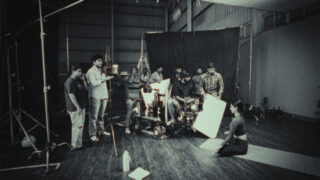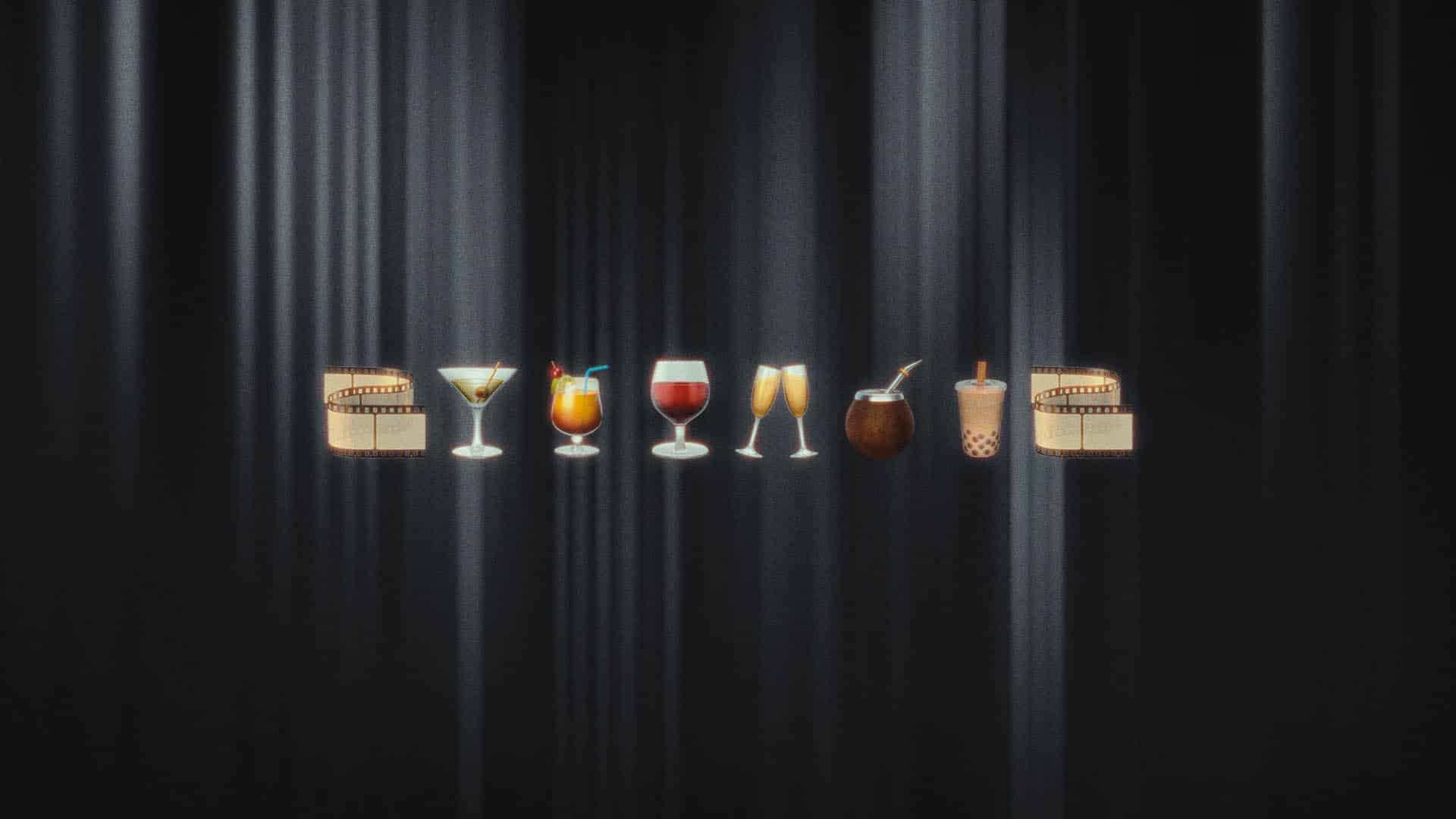
film genre cocktails, best served fresh.
our six favorite genre-meddling films.
As a film production house, we love categorizing and sub-categorizing movies according to their genre. It makes things easy to study and gives a sense of organization. But being a production house, we also understand (a little too deeply) how the synonym for Film should be Fluid. A film that is rigid to a genre is often stagnant and alienates everyone except the audience that feels passionately about said genre.
Dot loves directors and script-writers who like to mix things up. Genre mixing makes films very close to the human experience, as life itself is unpredictable following different themes fueled by different passions in different phases of existence. Films that are deeply relatable are films that go down in history – they speak to a certain something in us and we love that.
Genre meddling works. It works because it’s natural for a director to include all of what they love to tell their story. It works because it is responsible for some very beautiful and very iconic cinema already. It works because it sets the imagination free. But it mostly works because not every director can do it well – it marks the craftsmanship of a well-seasoned storyteller. This is why we came up with our own little list of films which pushed boundaries and very successfully so.
Let’s dive right in.
1. Kill Bill (Vol I and Vol II)
From the first time we saw the close-up of The Bride’s revengeful eyes, to the inclusion of anime in a live-action film, to the iconic underground box scene with focus on the cowboy boots, we knew that Kill Bill was something different. As the film oscillates between the past and the present, we see hints and shades of several genres emerge in a rather theatrical conundrum.

Writer-director Quentin Tarantino kept things interesting by seamlessly merging themes of samurai, Kung-fu, spaghetti western and theater – all – in two action packed, adrenaline rushed, dopamine inducing movies. One could give him a standing ovation for creating a genre that is genuinely and whole-heartedly just him – the DJ of movies – as some lovingly call him.
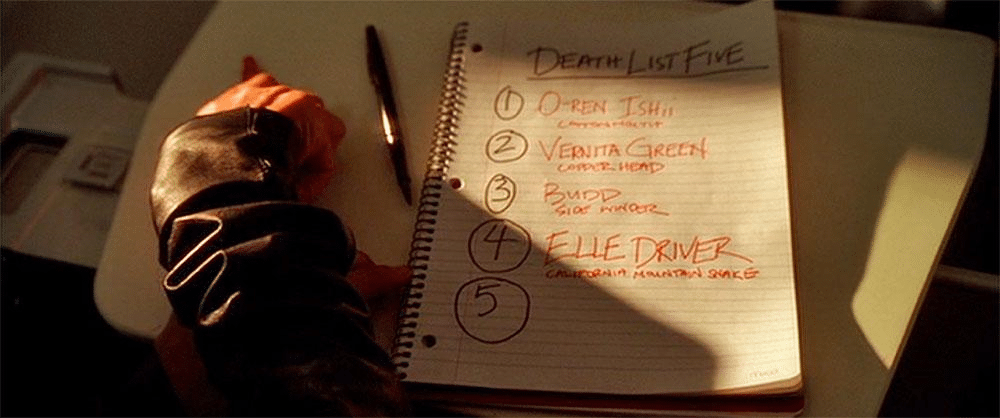
Quentin is notorious for bringing a non-linear storyline to the screen that he uses to unveil his themes and make a solid connection with his audience – even though this method is often a questionable one because it commands attention in all its entirety by the audience. However, watching his mastermind in motion doesn’t let concentration waver, even for a split second. For example, the frequent use of the The Bride’s list of people which she crosses after her vengeance gives the audience a clear picture of where she will strike next; and how both movies opt to press forward in time yet pausing to go back only when it’s necessary for the sake of story progression.
The out-of-order narrative might seem to be chaotic, but one realizes soon as the film goes on, that it was rather controlled and intentional – again because the genre is so fluid. We can identify several scenes from typical martial art movies and spaghetti western flicks sprinkled throughout the two movies and yet they hold the story tight and refuse to let go of you. It’s no wonder that Kill Bill has such ardent fans across generations.
2. The Grand Budapest Hotel
This movie nailed the Andersonian blend of idiosyncratic quirk and human nuance. With a visual style that is entirely his own, Wes Anderson has achieved the comedy and crime drama oeuvre.
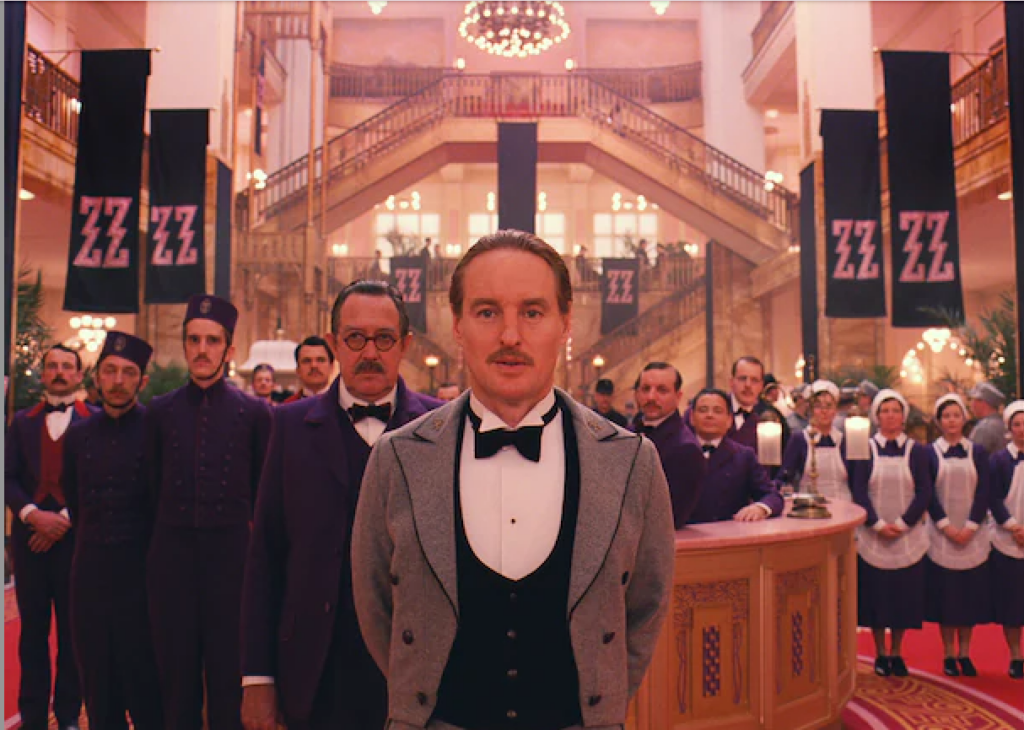
The massive 17-actor ensemble act has many Anderson regulars making it nostalgic and quintessential. We see familiar faces like Owen Wilson, Bill Murray, Jason Schwartzman, Tilda Swinton, Edward Norton, Jeff Goldblum play out this crime drama while keeping things humorous and fresh.
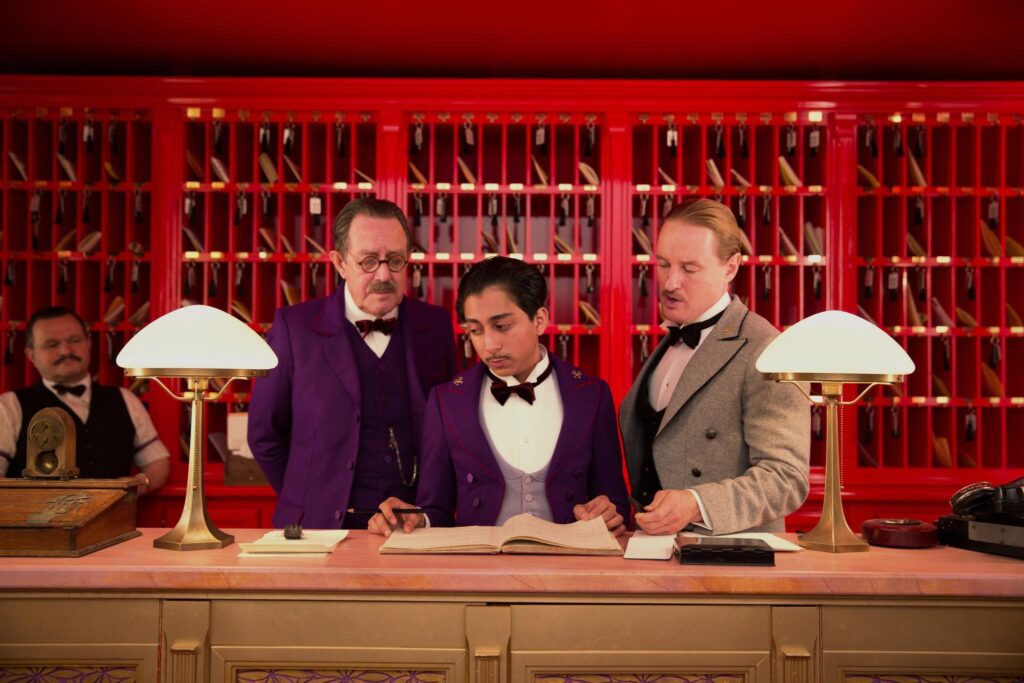
While most Wes Anderson movies are a melancholic blend of comedy and drama, The Grand Budapest Hotel skews a little more to the comedy side with its well-written jokes and actors that played them out hilariously. It is funny, yes, but it doesn’t fail to include and embody its other themes of political upset, espionage, art theft, assassins, death and betrayal.
3. American Psycho
While it is common knowledge that American Psycho was intended to be a dark comedy, the inclusion of some typical generic elements can easily state it as a horror film. The use of dream sequences, never really knowing the difference between reality and the subconscious is a cliche as far as the story goes, however, the brilliant cinematography using blurry vision, muted colors, slow motion, etc. in an unusual way makes it anything but. This movie goes to show that even the most predictable stories can have a fresh spin simply through the vision of a good director.
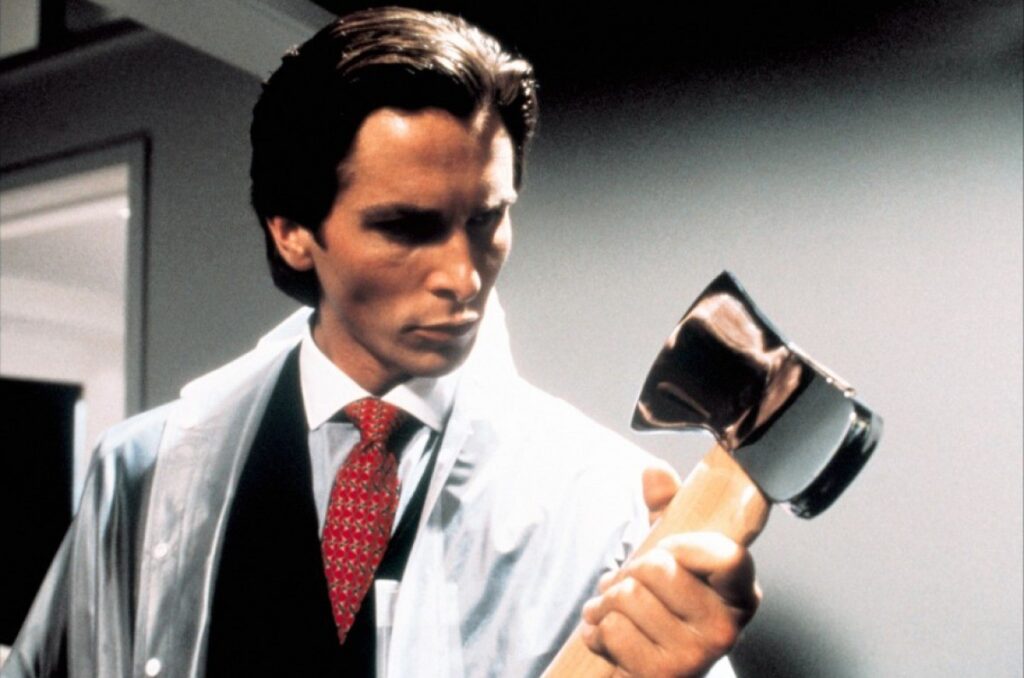
Although the movie has a lot of scenes of dark comedy and crime throughout, the film also has generic horror elements, like the lighting and the colors trigger the hair-raising cues. Bateman lives in an all-white apartment with barely any hint of color cuing his psychotic mind. He also is mainly seen wearing the same black suit ensemble every day, donned with a red tie or red suspenders. The seemingly same attributes that spark jealousy in our hero is comic in many ways, scary in others. Again, this transgression of the expected puts the spotlight on what a hybrid genre is. The film’s cryptic ending is infamous, yet this movie does an excellent job at creating a relatable experience in an exaggerated world for its audience.
4. Blade Runner
A classic and leading example of cyberpunk and neo-noir, this film pushes the boundaries of top-tier filmmaking and celebrates thematic complexity.

In spite of the initial appearance of it being an action film, Blade Runner also plays out to be extremely dramatic. The questionable moral outlook of the hero combined with the unusual dark and shadowy cinematography owes itself to following the genre of film noir; and as it explores conventions like femme fatale over the backdrop of first-person narration and casual references to the future of technology makes it conventionally sci-fi.
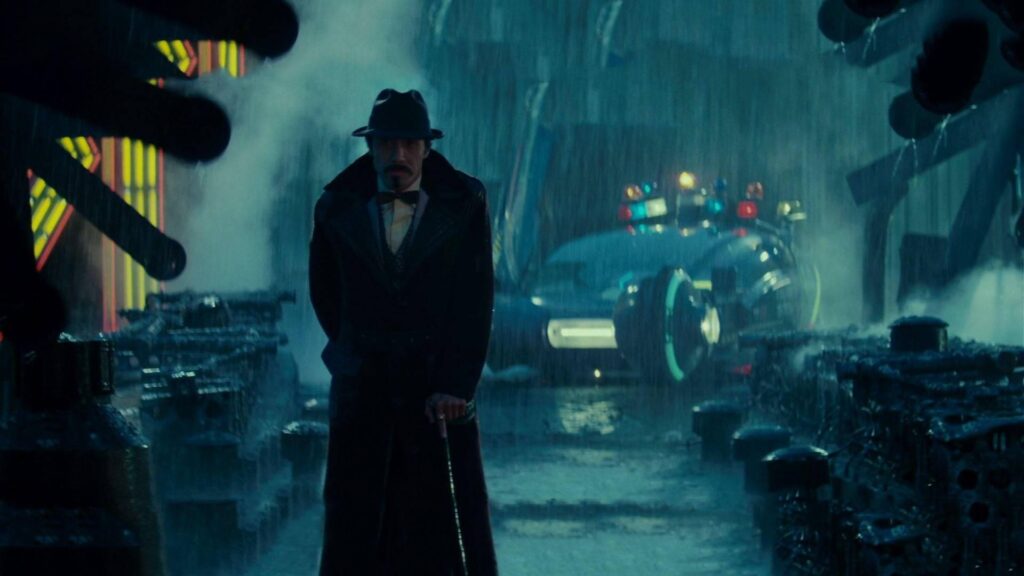
A science fiction with an agnostic philosophy and moral implications of genetic engineering with a dash of greek drama – if that’s not genre meddling, we don’t know what is! The association between the past, present and future, the retro filter, the high-tech references make this movie in-your-face futuristic in some parts and in some parts decaying and old.
5. Baby Driver
People call this movie a lean, mean genre-smashing machine for all the right reasons. Edgar Wright’s wild and entertaining movie, Baby Driver, showcases some badass car chases and stealth musical interludes. The heist movie is surprising in many ways, yet, ironically, that’s what you expect from a Wright movie.
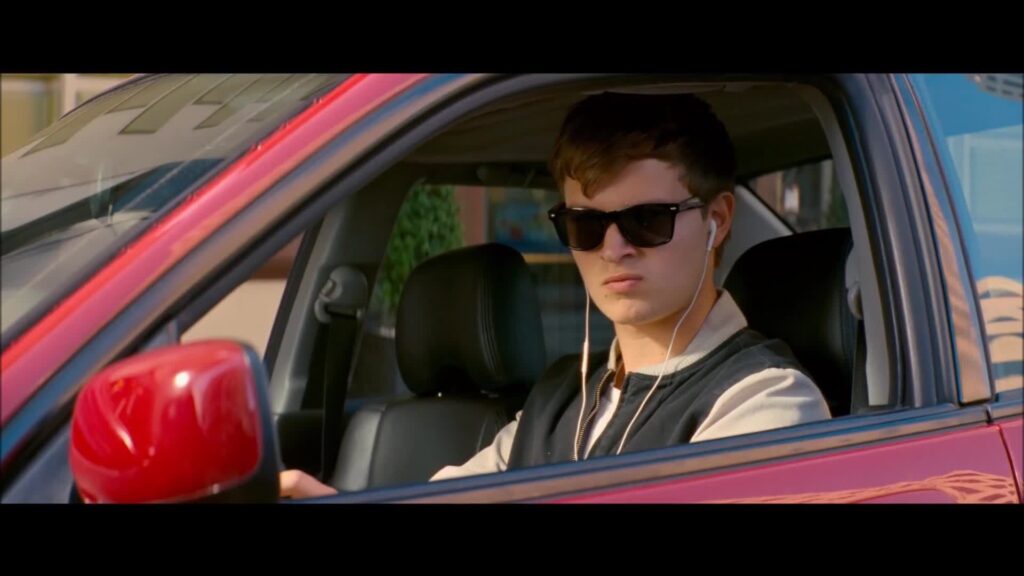
The storyline is seemingly straightforward – the proverbial ‘one last job’ crime cliche – the visualization however is anything but. Wright takes us on an adventure with his part high-octane action, part music-video flick powered by an unwavering intention to keep you entertained and an absolutely sick sense of humor.
This movie is proof of Wright’s love and passion for both filmmaking and music. It’s hard to describe what Baby Driver really is. It’s an action movie. It’s a musical. It’s a car-chase thriller. It’s a love story. But mostly it’s what every movie should be – it’s fun.
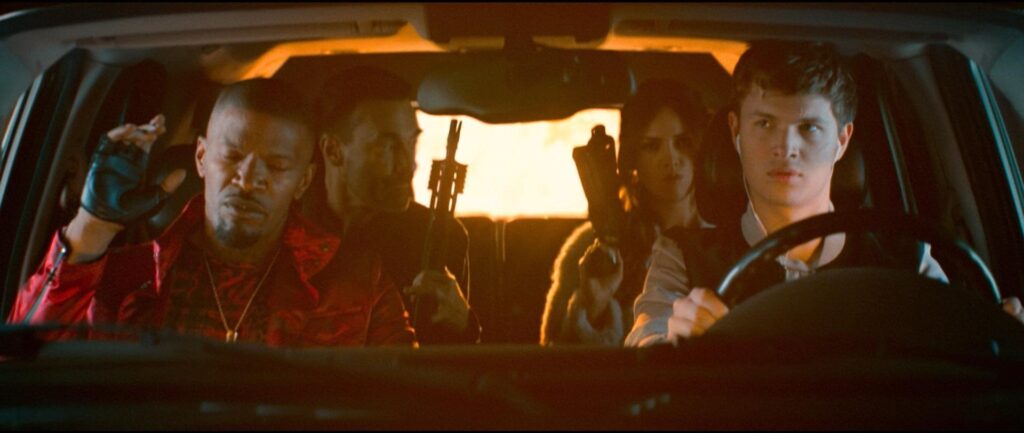
6. Parasite
The same rich versus poor story, except it’s not. Leave it to Bong Joon-ho to really play with our emotions by serving a predictable narrative clad in complexity of characters, circumstances and gore; so much gore. He plays with the word genre as if it were a toy with this movie and refuses to comply with a single set category throughout its progression. Defying all our comfort needs, he makes us awkward at times, and at others just plain shudder.
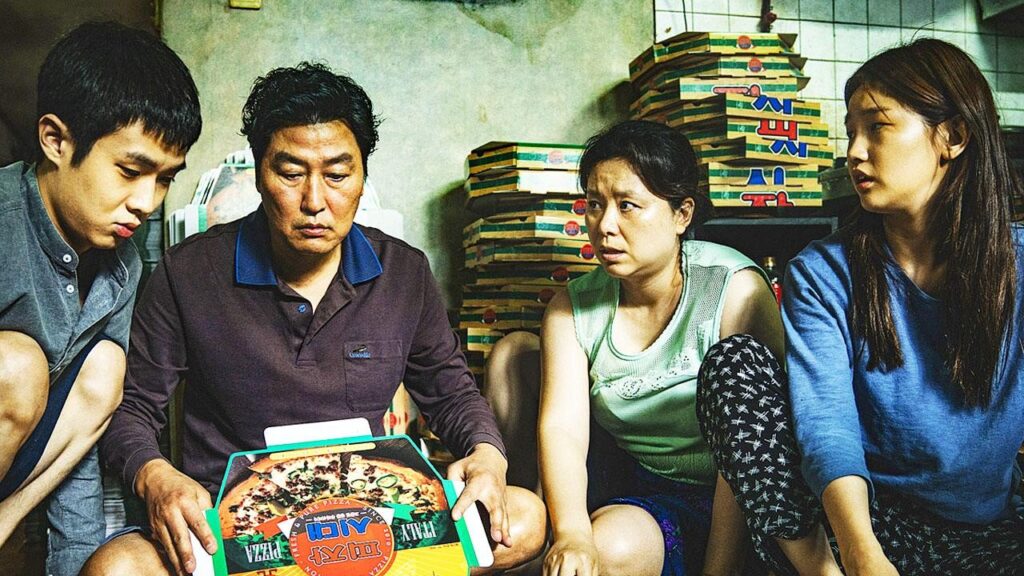
From being a linear, almost comic satire in the first half to going into the deepest darkest human tendencies in the second, the film plays its audience like a fiddle and controls their reaction to every scene with eerie smoothness.
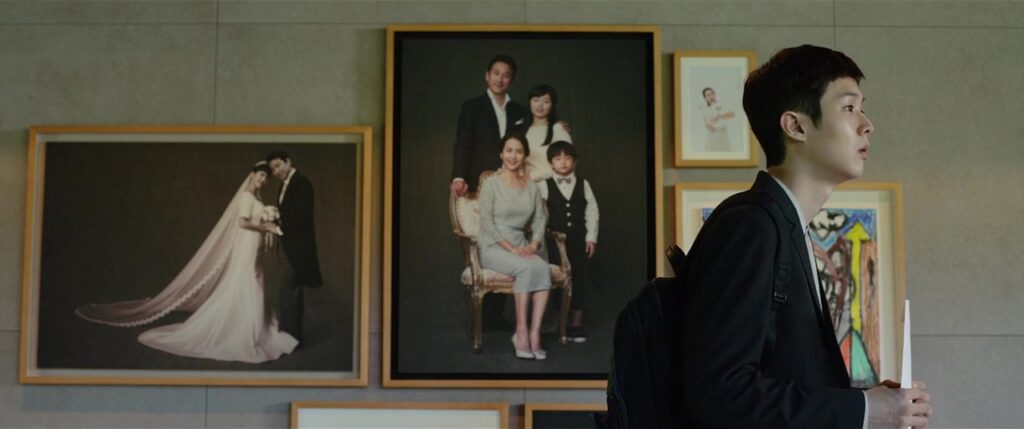
We really have to give it to Bong Joon-ho for his just enoughness – this movie had just enough comedy to get us engaged, just enough sensuality to to build up interest, just enough messaging to make sure his audience thinks they watched something that triggers injustice, just enough gore that the movie doesn’t get categorized as a psychotic horror. It’s Parasite’s ability to shape-shift through genres that it won so many hearts and, ofcourse, an Oscar.
With that, we conclude our list. What movies can you think of that really explored more than a single genre out loud?
We’d love to know.
share



